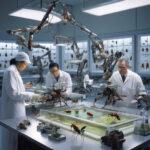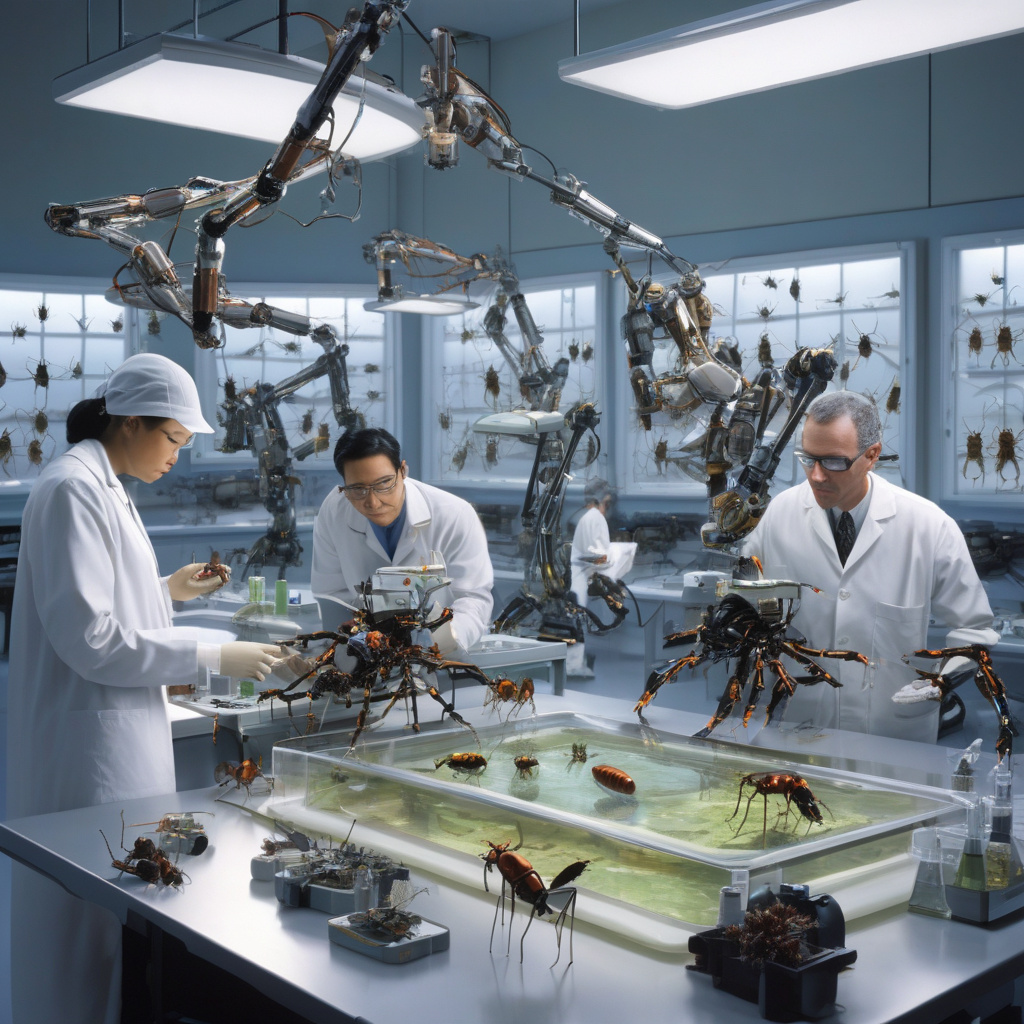Tiny robots that glide like water striders could soon help monitor the environment, thanks to recent innovations in bio-inspired robotics. Scientists have successfully built insect-inspired robots that can float, paddle, and stride on water surfaces, opening up a world of possibilities for applications in environmental monitoring, disaster response, and more.
These tiny robots, modeled after the water strider insect, showcase the power of biomimicry in robotics design. By studying the unique mechanisms that allow water striders to move effortlessly on water, scientists have been able to replicate these abilities in robotic form. The result is a new generation of robots that can navigate water surfaces with ease, opening up new opportunities for exploration and research.
One key advantage of these insect-inspired robots is their ability to monitor the environment in ways that were previously impossible. By gliding on the surface of water bodies, these robots can collect data on water quality, pollution levels, and other environmental factors in real time. This capability could revolutionize the way we monitor and protect our natural resources, providing valuable insights for conservation efforts and disaster response.
In addition to their environmental monitoring capabilities, these water-striding robots also have the potential to assist in search and rescue missions. Their small size and agility allow them to access hard-to-reach areas, making them invaluable tools for first responders in emergency situations. Whether navigating floodwaters or surveying polluted lakes, these robots can provide crucial information to aid in decision-making and response efforts.
The development of insect-inspired robots that can float, paddle, and stride on water surfaces is a testament to the power of interdisciplinary collaboration. By bringing together experts in robotics, biology, and materials science, researchers have been able to push the boundaries of what is possible in the field of robotics. This convergence of disciplines has led to breakthroughs that have the potential to revolutionize industries ranging from environmental science to disaster response.
As these tiny robots continue to evolve and improve, the possibilities for their use are virtually endless. From monitoring water quality in remote locations to assisting in search and rescue missions, the applications for insect-inspired robots are diverse and far-reaching. By harnessing the power of nature and combining it with cutting-edge technology, scientists are opening up new frontiers in robotics that have the potential to change the world for the better.
In conclusion, the development of insect-inspired robots that can float, paddle, and stride on water surfaces represents a major advancement in the field of robotics. By drawing inspiration from the natural world, scientists have created robots that are capable of navigating water environments with unprecedented ease and agility. From environmental monitoring to disaster response, the potential applications for these robots are vast and promising. As researchers continue to refine and improve upon this technology, we can expect to see even more innovative uses for these insect-inspired robots in the future.
#robotics, #innovation, #environmentalmonitoring, #biomimicry, #disasterresponse












